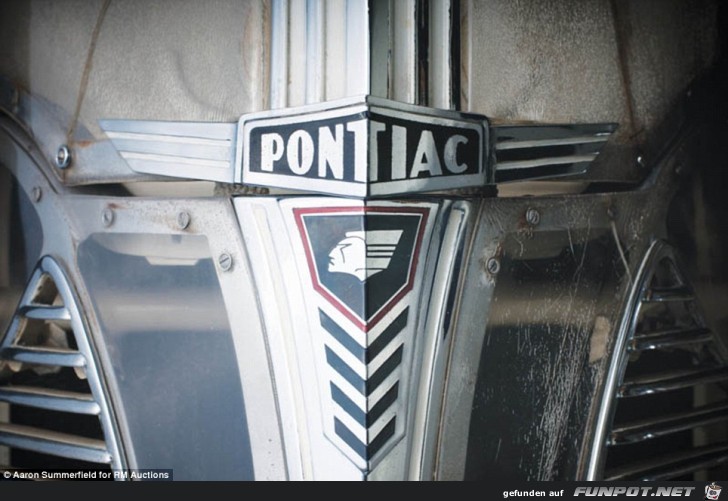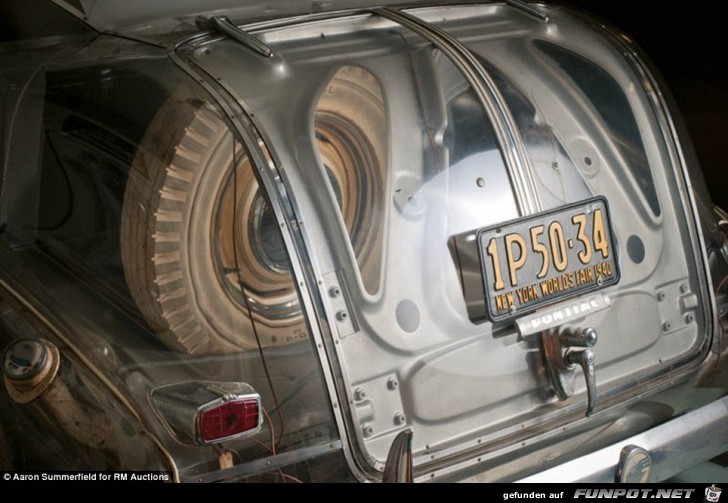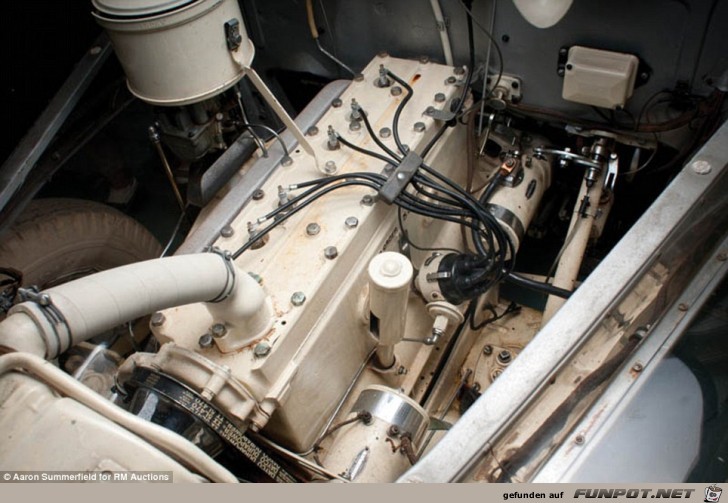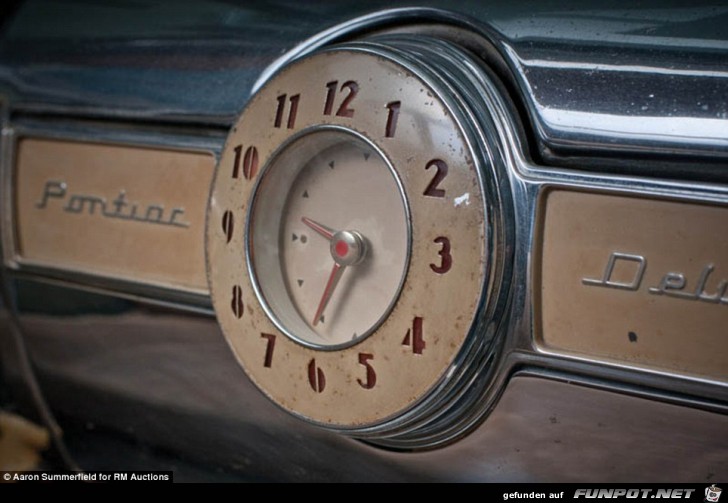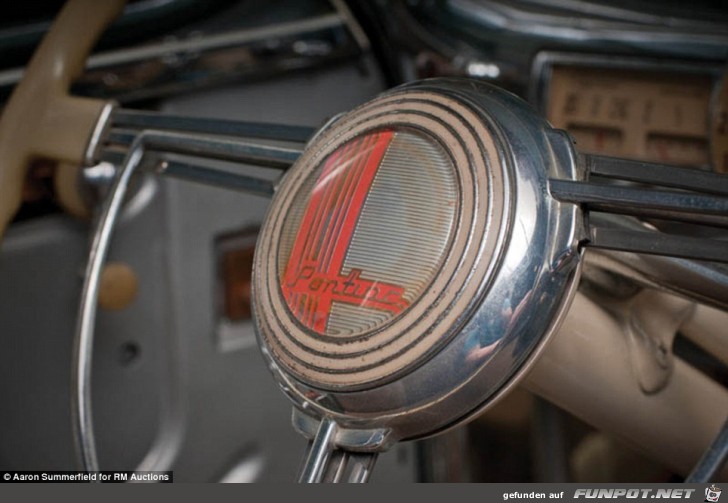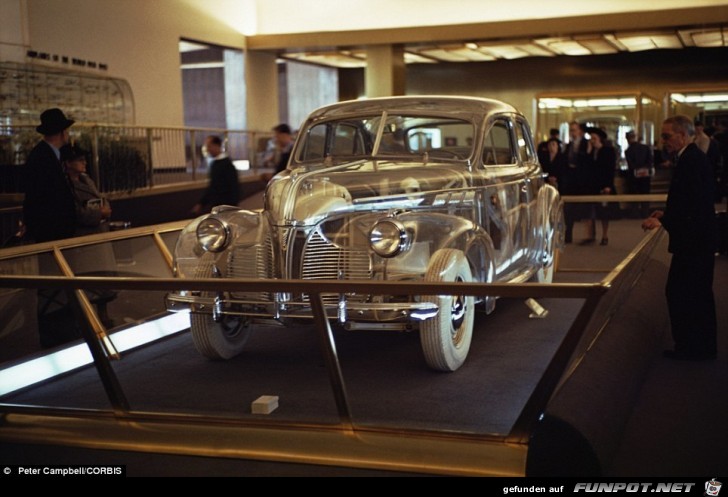Transparent "Ghost Car" Sells for $308,000.
(Sorry, too much & too hard to translate!)
Published August 01, 2011
The 1939 Pontiac Deluxe 6 "Ghost Car", first displayed at the New York World's Fair and later at the Smithsonian Institution, was sold Saturday for $308,000.
Originally built for $25,000, this car with a Plexiglas body was the first transparent car built in America. Another was built the following year, but its whereabouts are unknown.
"This is the only one known to exist," said Alain Squindo, a car specialist for RM Auctions, which held the auction for the "Ghost Car" and other specialty vehicles in Plymouth, Mich. "It's a very original car."
The Ghost Car was first displayed at the 1939/1940 New York World's Fair, Squindo said. It toured a number of dealerships, and then was at the Smithsonian in Washington, D.C. for a number of years.
It has been owned by the same family since the 1980s. "They were rather sad to see their beloved car go," Squindo said. He could not disclose the name of the buyer.
The car has 86 miles on it, picked up by being driven in and out of dealerships for displays. It was a collaboration between GM and Rohm & Haas chemical company which made the Plexiglas. Structural metal underneath was given a copper wash, and all hardware including the dashboard was chrome-plated.
One of a kind: The 1939 motor is a Pontiac Deluxe Six which has been covered in Plexiglas, developed just a few years earlier in 1933
Billed as a vision of the future, it was made for the 1939-40 New York World's Fair, where it became a sensation at General Motors' 'Highways & Horizons' pavilion; and it continues to cause a stir today.
Just two were ever made and this model, which has a 3-speed manual transmission, is the last of its kind.
Just two were ever made and this model, which has a 3-speed manual transmission, is the last of its kind.
72 years of wear: The Plexiglas does have some chips and cracks, but is mostly in good condition according to auction notes.
Not for touring: The collectible is unlikely to be seen on the road
Transparent: Wires and a spare wheel can be seen through the trunk of the car.
A spokesman for RM Auctions said: "The car is in a remarkable state of preservation.
"It's a testament to the longevity of Plexiglas in an era when automotive plastics tended to self-destruct within a few years.
"Although it has acquired a few chips and cracks, it is structurally sound and cosmetically clear, showing off the Ghost Car's innards as it did in 1939.
"This motor still turns heads as much as it ever did. It is not, obviously, suited for touring but as a unique artifact from automotive and cultural history."
A spokesman for RM Auctions said: "The car is in a remarkable state of preservation.
"It's a testament to the longevity of Plexiglas in an era when automotive plastics tended to self-destruct within a few years.
"Although it has acquired a few chips and cracks, it is structurally sound and cosmetically clear, showing off the Ghost Car's innards as it did in 1939.
"This motor still turns heads as much as it ever did. It is not, obviously, suited for touring but as a unique artifact from automotive and cultural history."
Mechanics: The model has an L-head 6-cylinder engine, coil spring independent front suspension, live rear axle with semi-elliptic leaf springs, and 4-wheel hydraulic drum brakes
Turning back the clock: The dial on the 1939 car shows the wear of its 72 years
At the wheel: The steering wheel features rings of chrome-plated hardware, and Pontiac's insignia in red.
Plexiglass went on to be used in military planes during World War II and then expanded into signs, lighting, fixtures, trains, and other cars.
Rohm & Haas used drawings for the Pontiac 4-door Touring Sedan to create an exact replica body out of the transparent acrylic.
It was completed with structural metal underneath, which was given a copper wash, and chrome-plated hardware.
Rohm & Haas used drawings for the Pontiac 4-door Touring Sedan to create an exact replica body out of the transparent acrylic.
It was completed with structural metal underneath, which was given a copper wash, and chrome-plated hardware.
Sensation: Billed as a vision of the future, the car was made for the 1939-40 New York World's Fair in San Francisco, pictured here.
Following a dealership tour, it went on display at the Smithsonian Institute in Washington, D.C. and was reportedly there until 1947.
It was later owned by a succession of Pennsylvania Pontiac dealers. It appeared at the first annual meet of the new Pontiac-Oakland Club International in 1973 and was purchased by Don Barlup of New Cumberland, Pennsylvania. Barlup commissioned a partial restoration from S & H Pontiac of Harrisburg and sold it to collector Leo Gephart in 1979.
The current owner's father purchased it from Gephart in the early 1980s, and it has remained in the same family ever since.
Following a dealership tour, it went on display at the Smithsonian Institute in Washington, D.C. and was reportedly there until 1947.
It was later owned by a succession of Pennsylvania Pontiac dealers. It appeared at the first annual meet of the new Pontiac-Oakland Club International in 1973 and was purchased by Don Barlup of New Cumberland, Pennsylvania. Barlup commissioned a partial restoration from S & H Pontiac of Harrisburg and sold it to collector Leo Gephart in 1979.
The current owner's father purchased it from Gephart in the early 1980s, and it has remained in the same family ever since.
Not surprisingly, it has no conventional vehicle identification number; even the machined boss for the engine number is blank.
X
Loading........
 |  11 11  Datenschutz HinweisWir haben absichtlich nicht die "normalen" Like-Buttons verwendet, da durch diese Buttons schon beim Laden der Seite – also ganz ohne dass der Anwender etwas dazu tut – Daten an die Betreiber der Netzwerkplattformen übertragen werden. Hier surfst du anonym! Doch mit einem Klick auf diese Buttons gelangst du zu den jeweiligen sozialen Netzwerken und wir haben keinen Einfluss auf den Umfang der Daten, die dort erhoben und gesammelt werden. |  |




